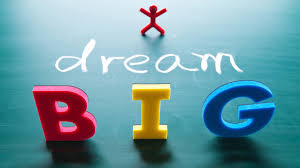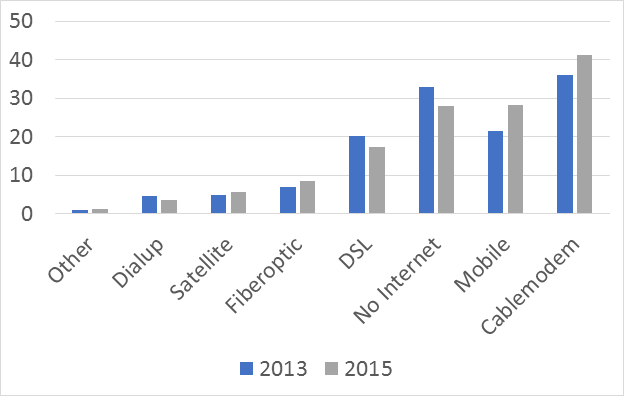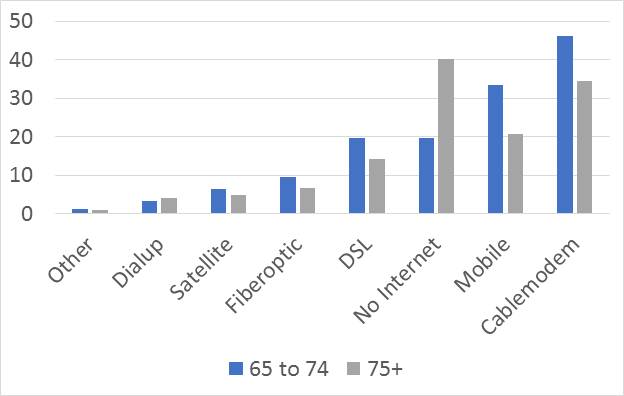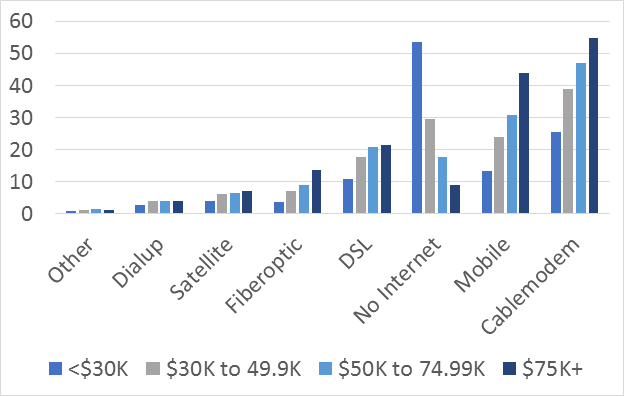So, you have back pain. You’ve been to your doctor and they say that you have a muscle strain and nothing serious is wrong. This is good. But, what do you do next?
Besides just taking a lot of pills, figuring out how to fix your back pain at home, can be trial and error for a while. But, treatment has to start somewhere. And, it’ll probably start with a few basic steps.
We already know that there isn’t a serious diagnosis, so you shouldn’t have to worry about “breaking” anything. If your x-ray/MRI came back negative, and there is nothing alarming about your lab work. Chances are you’re dealing with a simple (but excruciating) muscle strain.
This throws a lot of people off at first and they think their doctor has missed something or isn’t telling them the truth for one reason or another. But this probably isn’t the case at all. The fact is this: strained muscles don’t show up on any test. So, they’re easy to miss but they make you feel like you’re dying.
So, what do you do for them?
For back pain of the more common type you may start your home remedy search with one or more the following routines:
People often get the wrong idea about what is meant by “rest”. It’s simply means to “take it easy” and realize that you’re injured. Don’t try to do a lot of work or activity.
Resting for an injured back is a combination of walking, sitting, and lying down. Each are important. And, you should “listen” to your back pain to know when enough is enough.
You don’t want to be a vegetable. Sure, get up and get around. But, don’t lift or do housework. Walking is probably the most strenuous activity you should be doing.
You’re going to want to avoid irritating any affected parts of your spine and the muscles that surround this area.
- Non-Steroidal Anti-Inflammatory Drugs (NSAIDs)
Your doctor is probably going to tell you to take some Motrin (advil) or Naproxen (Aleve) in order to manage the pain. For most people, these medications work wonders when you have a back strain or back pain.
Some people will want to put heat on their sore muscles because it feels good. But, you may want to save this for the very last resort. This is because if you have swelling or inflammation in the area, putting heat on it will just make it work.
Heat is good for tired muscles but for injured muscles, ice works better. Applying the ice to the tenderest point with a thin layer of fabric between the skin and the ice will be better than a hot pack.
You may not realize this but stretching exercise is probably the most important element in a good lower back pain treatment plan. Stretches for lower back pain not only increases your overall flexibility, but it can also relieve the muscular tension that may be causing the pain in the first place.
Experts also know that stretching the legs and hips is very effective in reducing or eliminating back pain altogether in people with low back strains. This is because the muscles in the lower back are helped by the muscles in the hips and legs. And if one is doing good, the other is doing good also.
- Narcotic Pain Medications
If your pain is severe, anti-inflammatory medications may not be enough to make you comfortable. This is when your doctor may prescribe narcotics. Medications like Norco and Vicodin are common. But, some people don’t like them because narcotics may affect your brain and make you feel “foggy”.
Muscle relaxers are another type of medication that your doctor may recommend. But, like narcotics, they may have side effects like drowsiness and also give you that “foggy” feeling. But, if your pain is keeping you awake, a muscle relaxer like Flexeril, Valium, or Soma may be prescribed.
You may have success with one or more of these approaches in combination. But, the thing to keep in mind is the need to keep moving. An important thing to keep in mind is that doing leg and hip range of motion exercises are good back pain stretches.

from Back Pain Relief, http://www.xbackpain.com/back-pain-treatments-stretches-are-important/

 Pitch events precede clarity of offering which precedes... Hopefully the best pitches of best offerings will be funded. But that funding is linked to detailed criteria (see the
Pitch events precede clarity of offering which precedes... Hopefully the best pitches of best offerings will be funded. But that funding is linked to detailed criteria (see the  AARP’s Innovation 50+ Live Pitch starts today – what's new? This marathon tried to put 20 pounds of entrants (culled from many more) into the 10-pound bag of a two-day pitch event across two broad categories. So following this trend towards compression, we will leave
AARP’s Innovation 50+ Live Pitch starts today – what's new? This marathon tried to put 20 pounds of entrants (culled from many more) into the 10-pound bag of a two-day pitch event across two broad categories. So following this trend towards compression, we will leave  Market sizing, trending, and targeting all depend on data. Marketers understand this – and their sources,
Market sizing, trending, and targeting all depend on data. Marketers understand this – and their sources, 

